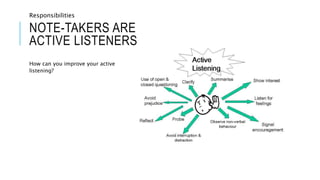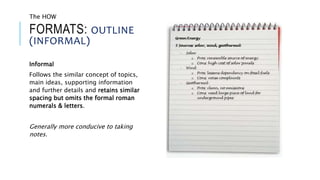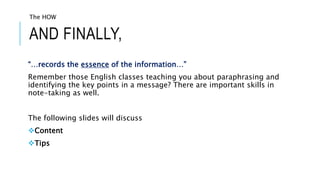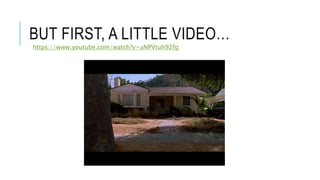This document provides training for students serving as note-takers for students with disabilities at Kent State University. It covers the responsibilities of note-takers, appropriate note-taking formats and content, and techniques for active listening and recording lecture information. Note-takers are expected to attend all classes, submit timely notes, and complete an instructor verification form to confirm their role. The training emphasizes capturing the essence of lectures in a clear, organized format to benefit students who require note-taking accommodations.










![WHAT IS NOTE-TAKING?!
Let’s check with Wikipedia…
Now, let’s add a piece from edtechwiki:
Pretty cool, eh? [my comments, not Wikipedia’s]
The WHAT
“Note-taking is the practice of recording information captured from another source.
By taking notes, the writer records the essence of the information, freeing their mind
from having to recall everything [genius, right?]. Notes are commonly drawn from a
transient [temporary] source, such as an oral discussion at a meeting, or a lecture
[class discussion, guest speakers, etc…], in which case the notes may be the only
record of the event. Note taking is a form of self-discipline [learned, not innate].”
Note-taking is the practice of writing down pieces of information in a systematic
way [having a system is important].](https://image.slidesharecdn.com/note-takertraining2-150521152933-lva1-app6892/85/Note-taker-training-11-320.jpg)
![LET’S BREAK IT DOWN
We will use the previous definition to guide the next part of our
training!
“…practice of recording information captured from
another source…(in a systematic way)”
“…records the essence of the information…”
“… from a transient [temporary] source…”
The WHAT](https://image.slidesharecdn.com/note-takertraining2-150521152933-lva1-app6892/85/Note-taker-training-12-320.jpg)












![MOVING ON…
Remember that Wikipedia definition “… from a transient [temporary]
source…”? Consider the sources you may be taking notes from:
Instructors
Classmates
Discussions & QA
Written sources: black/white boards, books, poems, etc…
Guest speakers
Videos
Demonstrations
Labs
The HOW](https://image.slidesharecdn.com/note-takertraining2-150521152933-lva1-app6892/85/Note-taker-training-25-320.jpg)











